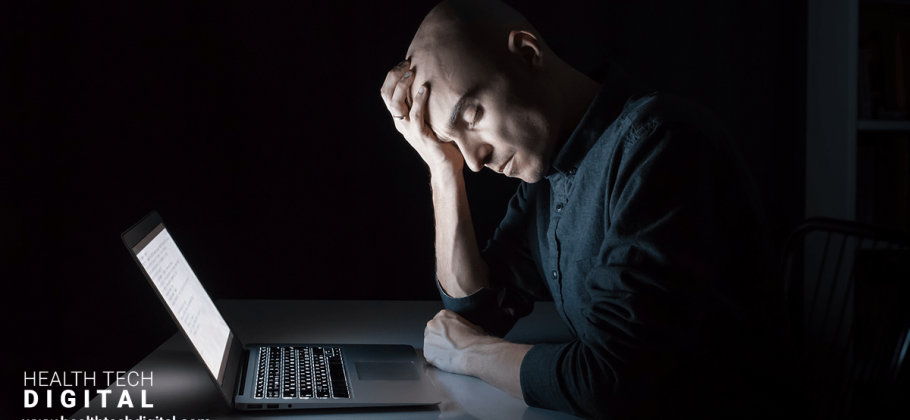Major advances are being made where technology is having a positive impact on the physical aspects of health and well-being. Early identification of potential diseases and allowing the elderly to stay in their own homes for longer to name a few.
One aspect of health and well-being which has at long last been identified as an area for potential technological support is mental health. There has been a number of advancements in terms of using technology to provide support by raising self-awareness and management of an individual’s mental health.
We see applications such as Headspace offering subtle reminders to remain in the present and adopt simple mindfulness practices during the course of the day. We also see social media platforms (a proven cause of anxiety and stress) being used to create large, flexible and engaging support networks to identify potential issues and to raise awareness amongst friends and family members.
Mental health is by its very nature a hugely complex and personal matter. As a result many solutions have been focused on the individual taking direct control of their own mental health – so, in effect not treating the cause but looking to address the outcome.
One serious cause of anxiety and stress – which as we know are two of the main drivers of longer term mental health issues – is workplace stress and specifically amongst men. As this article in The Guardian reveals for those men with diabetes or heart disease (both very treatable conditions), those with work stress have a 68% greater chance of a early death than those with no work related stress issues. This figure of 68% is not affected by lifestyle or eating habits… it is purely the increased likelihood caused by work place stress. For the study by UCL work place stress was defined two fold;
The first, known as “job strain” was defined as having a demanding job but little control over those demands. The second, “effort-reward imbalance”, meant people put a lot of effort into their jobs for little reward.
So, people are in jobs that they have no control over for little reward? Nothing new here, right?
But how many of these jobs are driven by tech? How many of these jobs have had their working hours extended by technology making individuals’ ‘always on’?
We believe that organisations must look to use their existing technology to better support individuals.
This is not merely a case of sending staff satisfaction surveys but using the huge number of systems, applications and platforms within businesses to not just make their businesses more efficient but understand how their environment, the type of work, the demands placed on people are impacting their mental health and therefore the health of the whole organisation. In effect, create inefficiency to improve the individual – and by association the corporate well-being.
Stress in the workplace is a major issue not just from an individual perspective but (if we must talk money) also a financial one;
– 12.5 million days lost to work related stress, anxiety and depression in the UK for 2016/17.
– 1 in 2 working days lost to illness are associated with work related stress, anxiety and depression.
– £33bn–£42bn is the cost to UK employers per year due to poor mental health – estimated by Deloitte in a major 2017 report.
– £8bn – Caused by absenteeism.
– £17-26bn – Caused by presenteeism (being in work but providing reduced value).
– £8bn – Caused in staff turnover.
Let’s look at using the existing tech within businesses to slow some processes down, to give individuals time to think, support each other and continue to build relationships with colleagues. We could actively promote emails not being able to be sent after 6.00 at night which some corporations adopt. Switch off tracking tools, stop using tech to measure effort and use it to focus on output. Agencies have much to learn as many are the worst at tracking hours against client work – creating anxiety in staff due to ineffective use of their own technology and estimation tools!
We have discussed the NHS using AI to support (rather than replace) humans in the right place at the right time – now we should use technology in a way where it is not the cause of anxiety and stress but we should remove the causes of such illness and support people.
It’s really not that hard – we simply need to look at what technology we have and view it from a people rather than process perspective. Inefficiency needn’t always be bad.
Healthcare is one of the core markets in Createful’s space – alongside, sustainability and education -we believe that it is one sector in which we can make a positive long-standing difference to our clients, their customers and users.












